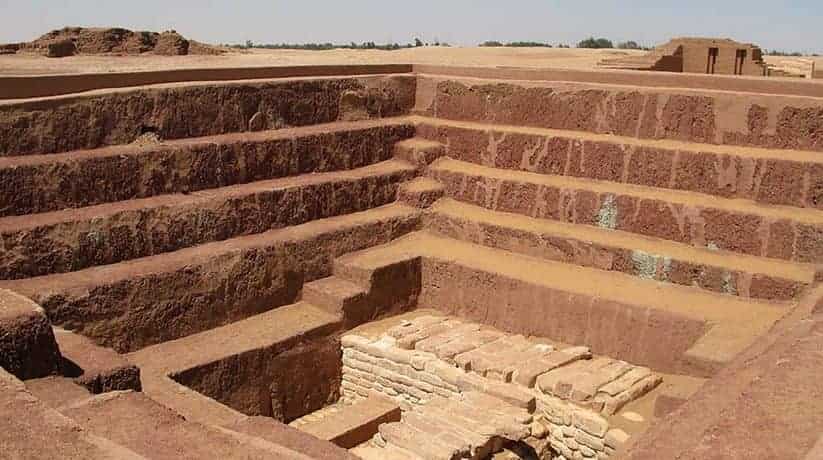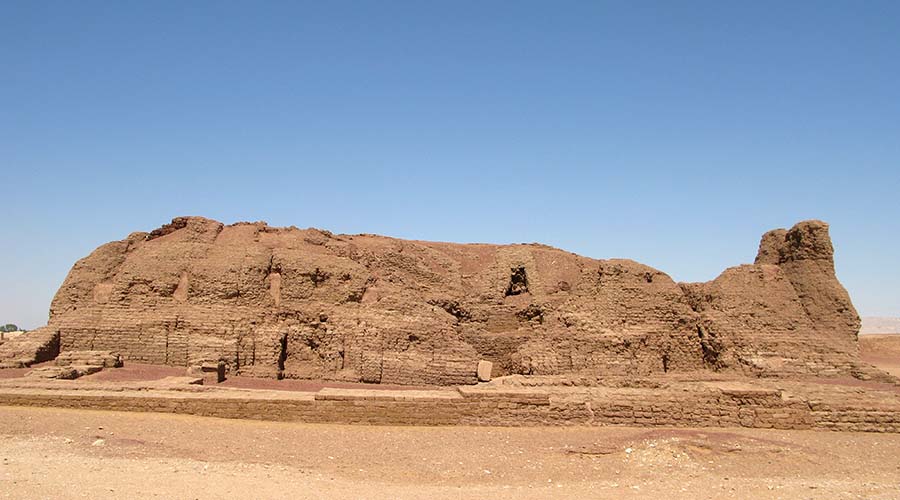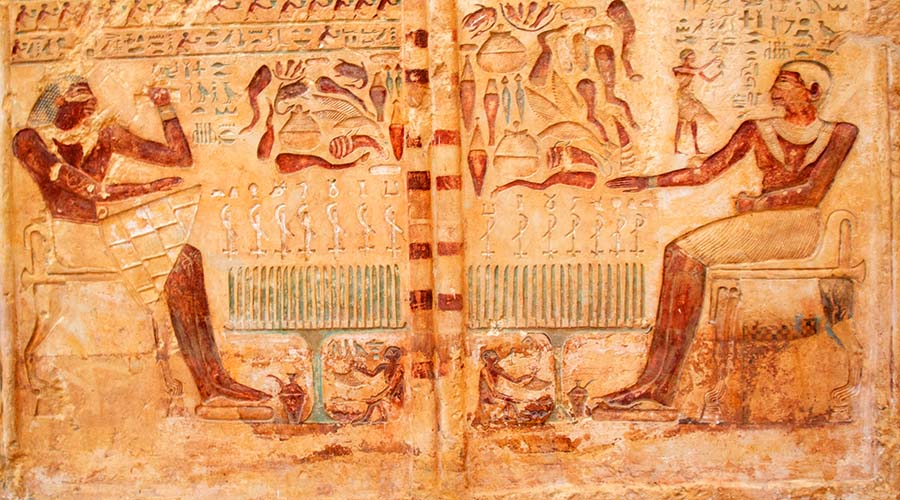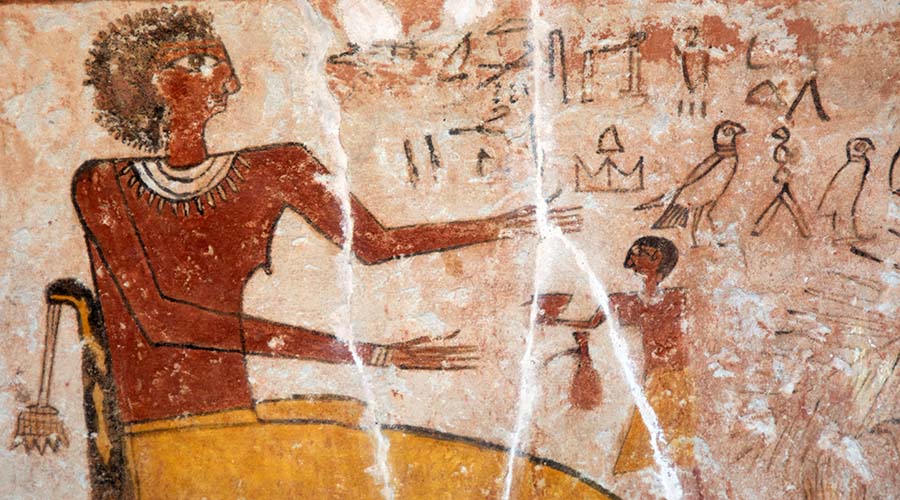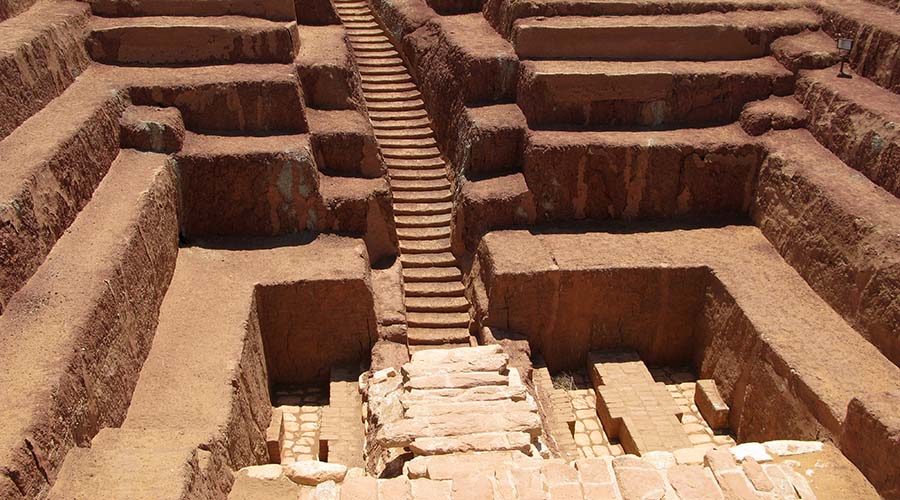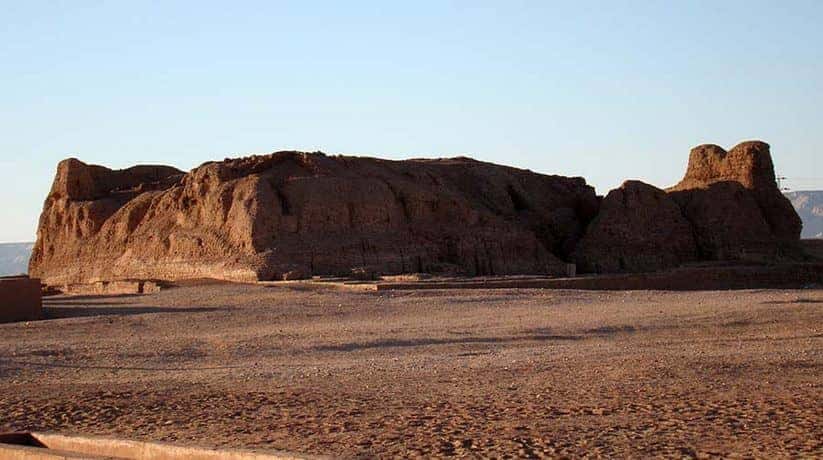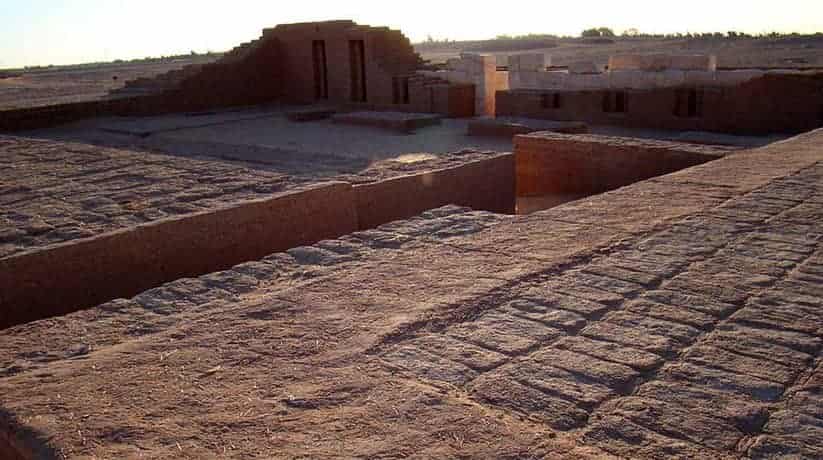Qila Al Dabba Mastabas Dakhla oasis Egypt tours, booking, prices
Qila Al Dabba Mastabas are necropolis which located in Dakhla oasis, Egypt. In fact, Qila Al Dabba Mastabas associated with the Old Kingdom settlement at Ain Asil. Moreover, the site located about 1.5 kilometer to the west of the ancient town of Al Qasr. The site investigated in 1970s by Egyptian archaeologist Ahmad Fakhry. In fact, he uncovered four large mud-brick mastabas. They belong to the governors of Dakhla oasis. Since 1986 the site excavated and six or seven mastabas found. One of them contained the mummy of a Dynasty VI ruler. The site field surrounded by many smaller graves. In fact, the graves are from the Old Kingdom and the First Intermediate Period.
These graves are simple oval pits with a descending staircase. Moreover, other tombs dug into the rock and covered by mud-brick vaulted roofs. Qila Al Dabba Mastabas constructed in steps from mud-bricks and dressed with slabs of limestone. When found, the tombs were in various stages of ruin. Furthermore, they followed the plan of a large brick enclosure. The enclosure surrounds a courtyard in which the mastaba stood. Moreover, the tombs had facades like others of the Old Kingdom. Furthermore, they also had a funerary stela at the entrance which identified the occupant. Stela and jambs from the tomb of governor Ima Pepi can seen in the Kharga Heritage Museum.
Further details about Qila Al Dabba Mastabas:
Qila Al Dabba tombs show important differences in their construction. The first type had a substructure which contains several burial chambers. In fact, the chambers were for family members. Moreover, the superstructures built over vast excavations in the open air. Examples of this type are the mastabas of Ima-Pepi I (reign of Pepi I) and Khentika (reign of Pepi II). The second construction type contained only one burial chamber. It also contained an antechamber and store rooms which built from stone and mud-brick. This was the type favored Ima-Pepi II (reign of Pepi II) and Medunefer (reign of Pepi II). In fact, they are generally smaller structures. Inside the tombs there are sometimes some rooms, antechambers and burial chambers.
The burial chambers have barrel-vaulted roofs. The first which identified, was the tomb of the governor Medunefer. In fact, Medunefer served during the reign of Pepi II. This tomb contained funerary goods including gold jewelry. In the mastaba of Khentikau-Pepi, over 100 pottery vessels found. In fact, they found in fragments beneath the fallen masonry in the underground chambers. Khentika governor also built mastabas at Qila Al Dabba. In fact, he was also from the reign of Pepi II. His painted subterranean chambers restored. Ima-Pepi’s later tomb shows an improvement in construction techniques. The most recent reconstruction is the burial chamber of an individual called Bitsu. In fact, this burial chamber contains vivid painted scenes. The scenes depict his family and part of a star-painted ceiling which suspended above.
More details about Qila Al Dabba Mastabas:
The mastabas of the wealthy governors contained rich burial equipment. In fact, the equipment feature wooden or ceramic coffins. Yet, further cemeteries which contain more modest burials also found. In fact, they located to the south and east of the site. These poorer members of the community often buried in simple pits. Moreover, they wrapped only in layers of matting. Many skeletons found in the Qila Al Dabba Mastabas necropolis. In fact, some of the pottery and other artifacts from the site are on display also in the Kharga Museum. Moreover, some of them also displayed at the Egyptian Museum in Cairo.

